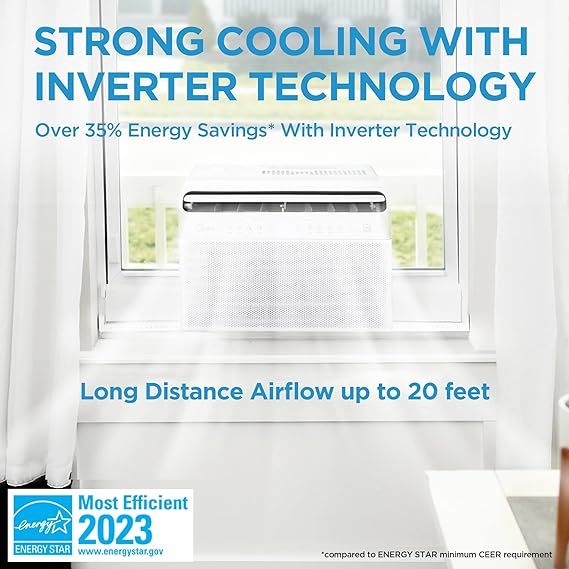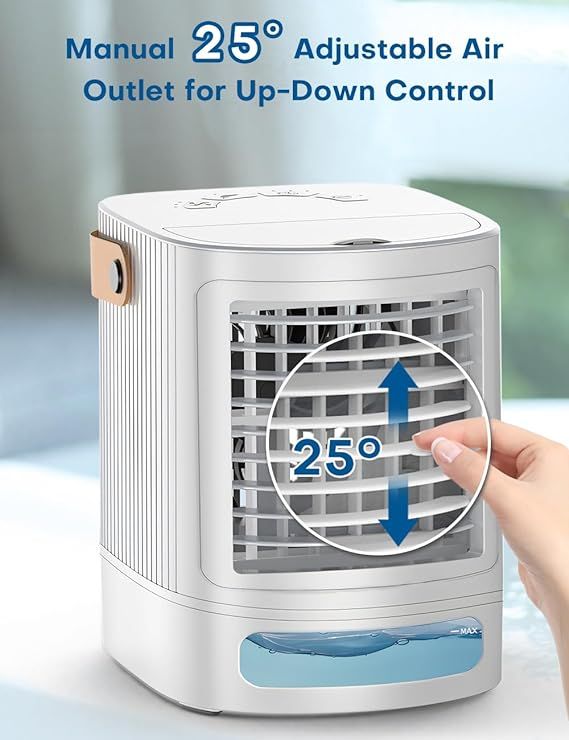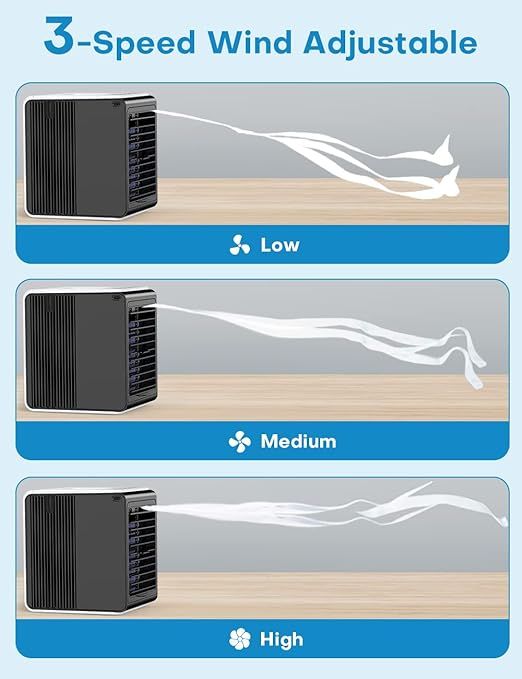HVAC 101: Types of Home Heating and Cooling Systems
- What Is an HVAC System?
- Types of Home Heating and Cooling Systems
- 1. Central Air Conditioning and Heating Systems
- 2. Heat Pumps (Air-Source & Geothermal)
- 3. Ductless Mini-Split Systems
- 4. Furnaces (Gas, Oil, and Electric)
- 5. Boilers and Radiator Systems
- 6. Evaporative Coolers (Swamp Coolers)
- 7. Hybrid HVAC Systems
- 8. Portable and Window Units
- Comparing HVAC Systems Side by Side
- Understanding HVAC Efficiency Ratings
- Maintenance Tips for HVAC Systems
- Smart HVAC Controls and Energy Savings
- Choosing the Right HVAC System for Your Home
- Conclusion
Heating, ventilation, and air conditioning (HVAC) systems are essential for keeping your home comfortable year-round. From heating during winter to cooling in summer, understanding different HVAC system types helps you choose the right setup for your lifestyle, climate, and budget.
This in-depth 3000-word guide covers how HVAC systems work, their types, pros and cons, efficiency ratings, and maintenance tips. You'll also find comparison tables to make your decision easier.
What Is an HVAC System?
An HVAC system is designed to control temperature, humidity, and air quality in your home. It typically includes:
-
Heating components: Furnaces, boilers, heat pumps.
-
Cooling components: Air conditioners, evaporative coolers.
-
Ventilation: Air circulation, filtration, and moisture control.
-
Thermostats & controls: Manual or smart systems to regulate performance.
An efficient HVAC system improves comfort while helping reduce energy consumption.
Types of Home Heating and Cooling Systems
1. Central Air Conditioning and Heating Systems
Central systems distribute heated or cooled air through ducts and vents.
| Feature | Central Air + Furnace | Best For | Energy Efficiency | Cost Level |
|---|---|---|---|---|
| How It Works | Uses a furnace for heating + AC unit for cooling | Whole-house temperature control | High if ducts are sealed | Moderate to high |
| Fuel Type | Natural gas, electricity, or oil | |||
| Pros | Even temperature control, supports smart thermostats | |||
| Cons | Requires ducts, higher upfront costs |
Ideal For: Medium to large homes with existing ductwork.
2. Heat Pumps (Air-Source & Geothermal)
Heat pumps transfer heat instead of generating it, making them energy-efficient for both heating and cooling.
| Feature | Air-Source Heat Pump | Geothermal Heat Pump |
|---|---|---|
| How It Works | Transfers heat between indoors and outdoors | Uses underground loops to extract stable temperatures |
| Efficiency | High in mild climates | Extremely high |
| Cost Level | Moderate | High upfront, low operating |
| Best For | Year-round comfort in temperate zones | Long-term efficiency, large properties |
| Pros | Single system for heating & cooling, eco-friendly | Best energy savings |
| Cons | Less efficient in extreme cold | Expensive installation |
3. Ductless Mini-Split Systems
Ductless mini-splits are excellent for zoned comfort without ductwork.
| Feature | Description |
|---|---|
| How It Works | Indoor units connect to an outdoor compressor, delivering air directly to each room |
| Energy Efficiency | Very high due to zone control |
| Installation | Minimal, ideal for homes without ducts |
| Pros | Independent temperature zones, low energy waste |
| Cons | Higher upfront costs per room |
Ideal For: Apartments, older homes, and rooms without duct access.
4. Furnaces (Gas, Oil, and Electric)
Furnaces are among the most common heating systems in the U.S.
| Feature | Gas Furnace | Oil Furnace | Electric Furnace |
|---|---|---|---|
| Cost | Lower operating cost | Moderate | Higher |
| Lifespan | 15-20 years | 15-25 years | 20+ years |
| Efficiency | High (AFUE up to 98%) | Moderate | High |
| Pros | Affordable fuel, fast heating | Reliable in cold climates | Easy installation |
| Cons | Requires gas lines | Oil prices fluctuate | Higher bills in cold climates |
5. Boilers and Radiator Systems
Boilers heat water, which travels through pipes to radiators or underfloor heating systems.
| Feature | Description |
|---|---|
| Heating Method | Radiant heating |
| Efficiency | High, especially with modern condensing boilers |
| Pros | Consistent warmth, quiet operation |
| Cons | Slow heat-up time, costly installation |
Ideal For: Homes seeking even heat distribution and minimal noise.
6. Evaporative Coolers (Swamp Coolers)
These use water evaporation to cool the air and are highly efficient in dry climates.
| Feature | Description |
|---|---|
| Best Use | Arid regions |
| Efficiency | Uses less energy than AC units |
| Pros | Eco-friendly, low operating costs |
| Cons | Ineffective in humid climates, requires water supply |
7. Hybrid HVAC Systems
Hybrid systems combine a furnace with a heat pump, automatically switching between gas and electricity for maximum efficiency.
| Feature | Description |
|---|---|
| How It Works | Uses heat pump most of the time; furnace engages in extreme cold |
| Efficiency | High in varying climates |
| Pros | Lower energy costs, flexible fuel use |
| Cons | Higher upfront cost |
8. Portable and Window Units
For single rooms or supplemental cooling/heating.
| Feature | Portable Units | Window Units |
|---|---|---|
| Installation | Simple setup | Mounted in a window |
| Energy Efficiency | Lower than central systems | Moderate |
| Pros | Affordable, mobile | Good for small rooms |
| Cons | Limited power, less effective for large areas | Blocks window view |
Comparing HVAC Systems Side by Side
| System Type | Best For | Initial Cost | Energy Efficiency | Lifespan | Maintenance |
|---|---|---|---|---|---|
| Central HVAC | Whole-house comfort | High | High | 15-20 yrs | Moderate |
| Heat Pump | Mild climates | Moderate | Very high | 10-15 yrs | Low |
| Ductless Mini-Split | Zoned control | Moderate-high | Very high | 15-20 yrs | Low |
| Furnace | Cold regions | Low-mod | High | 15-25 yrs | Moderate |
| Boiler | Radiant heating | High | High | 15-30 yrs | High |
| Evaporative Cooler | Dry climates | Low | High | 10-15 yrs | Moderate |
| Portable/Window Units | Small spaces | Low | Moderate | 5-10 yrs | Low |
Understanding HVAC Efficiency Ratings
Efficiency impacts both your energy bills and environmental footprint.
| Rating | What It Means | Applies To |
|---|---|---|
| AFUE (Annual Fuel Utilization Efficiency) | Percentage of fuel converted into heat | Furnaces, boilers |
| SEER (Seasonal Energy Efficiency Ratio) | Cooling output vs. power used | Central AC, heat pumps |
| HSPF (Heating Seasonal Performance Factor) | Measures heating efficiency of heat pumps | Heat pumps |
| EER (Energy Efficiency Ratio) | Instant efficiency measurement | Portable units, window AC |
Tip: Look for ENERGY STAR-rated models for optimal savings.
Maintenance Tips for HVAC Systems
| Task | Frequency | Benefits |
|---|---|---|
| Replace air filters | Every 1-3 months | Better airflow, efficiency |
| Clean vents and ducts | Every 1-2 years | Improved air quality |
| Inspect refrigerant levels | Annually | Better cooling performance |
| Service furnace burners | Annually | Safety and energy efficiency |
| Check thermostat calibration | Annually | More accurate temperature control |
Smart HVAC Controls and Energy Savings
-
Programmable Thermostats: Automate heating/cooling schedules.
-
Zoning Systems: Control temperatures per room for maximum efficiency.
-
Energy Monitoring: Track power usage to cut down on costs.
-
Eco Modes: Reduce energy consumption automatically.
Choosing the Right HVAC System for Your Home
| Home Size | Recommended System | Best Feature |
|---|---|---|
| Small Apartment | Ductless mini-split | Easy installation |
| Medium Home | Central AC + furnace | Whole-home comfort |
| Large Home | Hybrid heat pump system | Energy savings |
| Dry Climate | Evaporative cooler | Low-cost cooling |
| Mild Climate | Heat pump | Efficient all-in-one option |
Conclusion
HVAC systems come in many forms, each with distinct advantages depending on your home's size, climate, and budget.
-
Radiant heating (boilers, panels) offers quiet, even warmth.
-
Convection systems (furnaces, central AC) ensure whole-house comfort.
-
Heat pumps provide all-in-one efficiency for both heating and cooling.
-
Ductless systems give you zoned flexibility.
-
Hybrid setups balance energy savings with performance.
The best system for your home combines comfort, efficiency, and affordability, ensuring year-round climate control tailored to your lifestyle.







